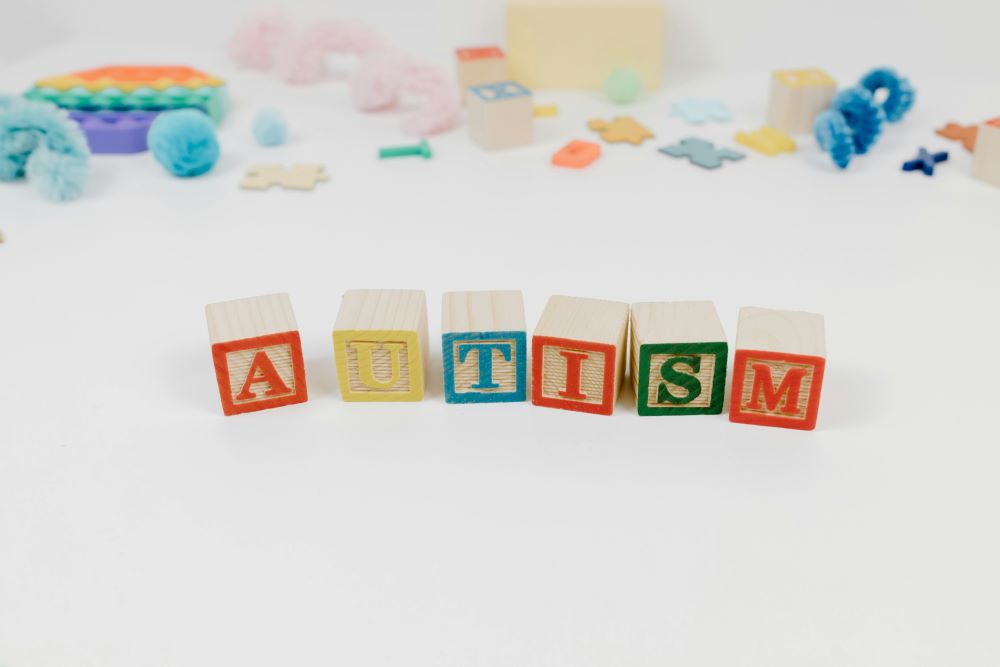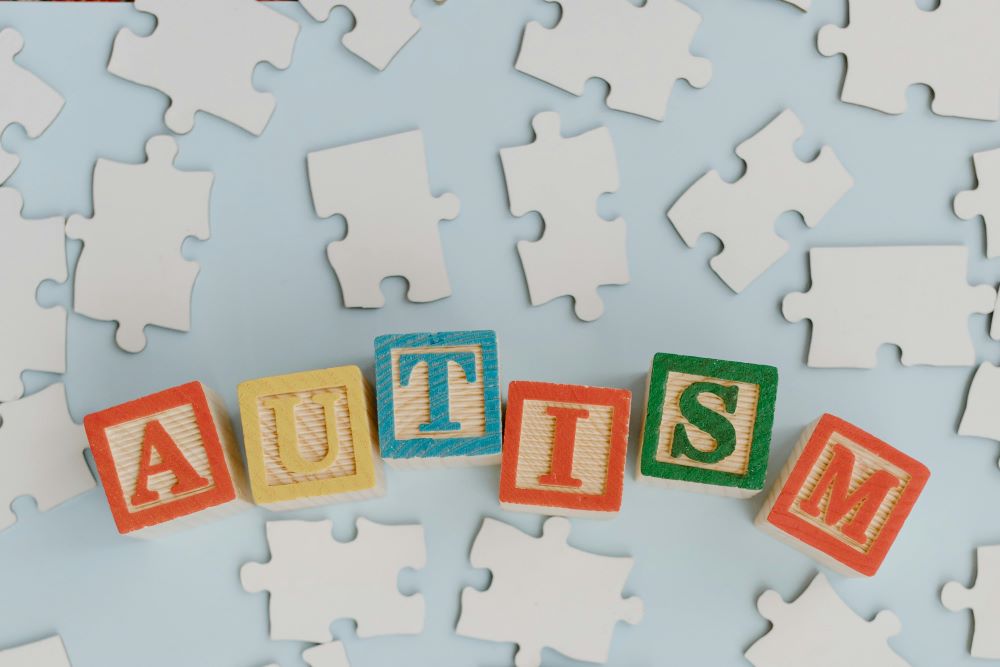New research explores connection between ASD children and their siblings.
A recent study by UC Davis MIND Institute researcher Sally Ozonoff and the Baby Siblings Research Consortium. Published in the journal Pediatrics, found that siblings of children diagnosed with autism spectrum disorder (ASD) have around a 20% chance of being autistic themselves. This rate is significantly higher than the general population. Findings were based on data from over 1,600 children across research sites in the U.S., Canada, and the U.K., confirming earlier research from 2011.
The study analyzed whether rising autism rates and changes in diagnostic criteria impacted autism recurrence within families. The latest data from the Centers for Disease Control and Prevention (CDC) indicates a significant increase in the prevalence of ASD among children. Currently, about 1 in 36 children are diagnosed with autism, a notable rise from 1 in 68 in 2011. This increase could be attributed to various factors, but most likely is due to enhanced awareness, improved diagnostic methods, and broader diagnostic criteria.
The research team examined infants as young as six months up to toddlers, three years old, using the Autism Diagnostic Observation Schedule (ADOS-2) to assess for autism. Key findings included role of the first autistic child’s sex and the number of autistic siblings in the family. Families with a first-born autistic daughter had a 50% higher chance of having another autistic child compared to those with a first-born autistic son. If a child had multiple autistic siblings, their risk of being autistic was 37%, compared to 21% for those with only one autistic sibling.

Boys had a 25% chance of being diagnosed with autism, compared to 13% for girls. This aligns with the broader trend of higher autism diagnosis rates in boys. The study also found that race and the mother’s education level played a role in recurrence rates. Non-white families had a 25% recurrence rate, while white families had an 18% rate. The recurrence rate was higher in families where the mother had less education, dropping progressively as the mother’s education level increased.
In addition to the previously mentioned factors influencing a rise in ASD diagnosis rates, health experts suggest that increased monitoring and earlier screening have contributed to identifying more children with ASD at younger ages. Better access to healthcare services than what was available years ago may also play a role in the rise. This trend underscores the importance of early diagnosis and intervention, which are crucial for improving outcomes for individuals with autism and providing necessary support to their families.
Autism spectrum disorder (ASD) is specifically characterized by a range of symptoms that can vary widely in severity and their impact on daily functioning. Common characteristics include difficulties with social communication and interaction, such as challenges in understanding and responding to social cues, maintaining conversations, and forming relationships. Individuals with ASD may also exhibit repetitive behaviors and movements as well as restricted interests, insisting on sameness or routines, and intense focus on specific topics. Sensory sensitivities are also commonly evident, with individuals possibly overreacting or underreacting to sensory inputs like lights, sounds, textures, or smells. Many individuals with ASD also have distinctive strengths, such as displaying keen attention to detail, strong memory skills, and higher than average level of intelligence.
Early identification and intervention can support the development of a child with ASD, greatly improving quality of life. This can help individuals and their families identify a clear path forward, one with adequate symptom management that also focuses on the individual’s strengths.
Sources:
Recurrence Risk for Autism Spectrum Disorders: A Baby Siblings Research Consortium Study
Large study confirms siblings of autistic children have 20% chance of autism


Join the conversation!